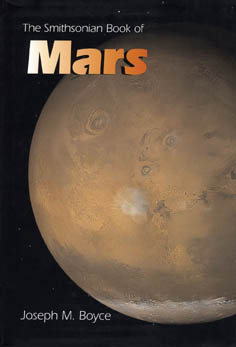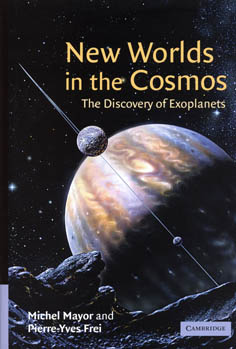 The Journal of the British Astronomical Association
The Journal of the British Astronomical Association
Volume 113, No.6: 2003 December
Contents
On this page: Notes and News / Articles / Observers' Forum / Reviews / Meetings / BAA Update


On the cover: Destruction of the night
A colour-coded map of Europe showing artificial night-sky brightness, compiled from satellite images taken in 1996 and 1997. 'Based on radiance calibrated high resolution DMSP satellite data and on accurate modelling of light propagation in the atmosphere, it provides a nearly global picture of how mankind is proceeding to envelope itself in a luminous fog.' (from the abstract to Cinzano et. al.) P. Cinzano, F. Falchi (University of Padova), C. D. Elvidge (NOAA National Geophysical Data Center, Boulder, Colorado). (c) Royal Astronomical Society. Reproduced from Monthly Notices of the RAS, 328, 689?707 (2001) by permission of Blackwell Science. See also The World Atlas of Artificial Night Sky Brightness and the recent report of the UK Parliament Select Committee on Science & Technology, 'Light Pollution and Astronomy'.

 Notes and News
Notes and News
Select Committee report 'all that we had hoped for' (Bob Mizon) / From the President (Tom Boles) / Comet prospects for 2004 (Jonathan Shanklin) / Mars in 2003: Fourth interim report (Richard McKim) / Aurora Section (R. J. Livesey) / Solar Section (Geoff Elston) / Spots on Saturn in visual wavelengths ( David Graham & Damian Peach) / A note for observers of Mercury (Mario Frassati) / Our turbulent Sun (Kevin Smith)
The colours of photographed Leonid meteors ... S. J. Evans
Centenaries for 2004
The BAA Observers' Workshops: Workshop 1, 2003 February 15. (Copies of any of these articles may be ordered from the BAA office.)Main articles


Wayne Orchiston
R. J. Dodd
Peter Wade
Jean Meeus
Barry Hetherington

 Observing variable nebulae ... Nick Hewitt
Observing variable nebulae ... Nick Hewitt

 Reviews
Reviews




